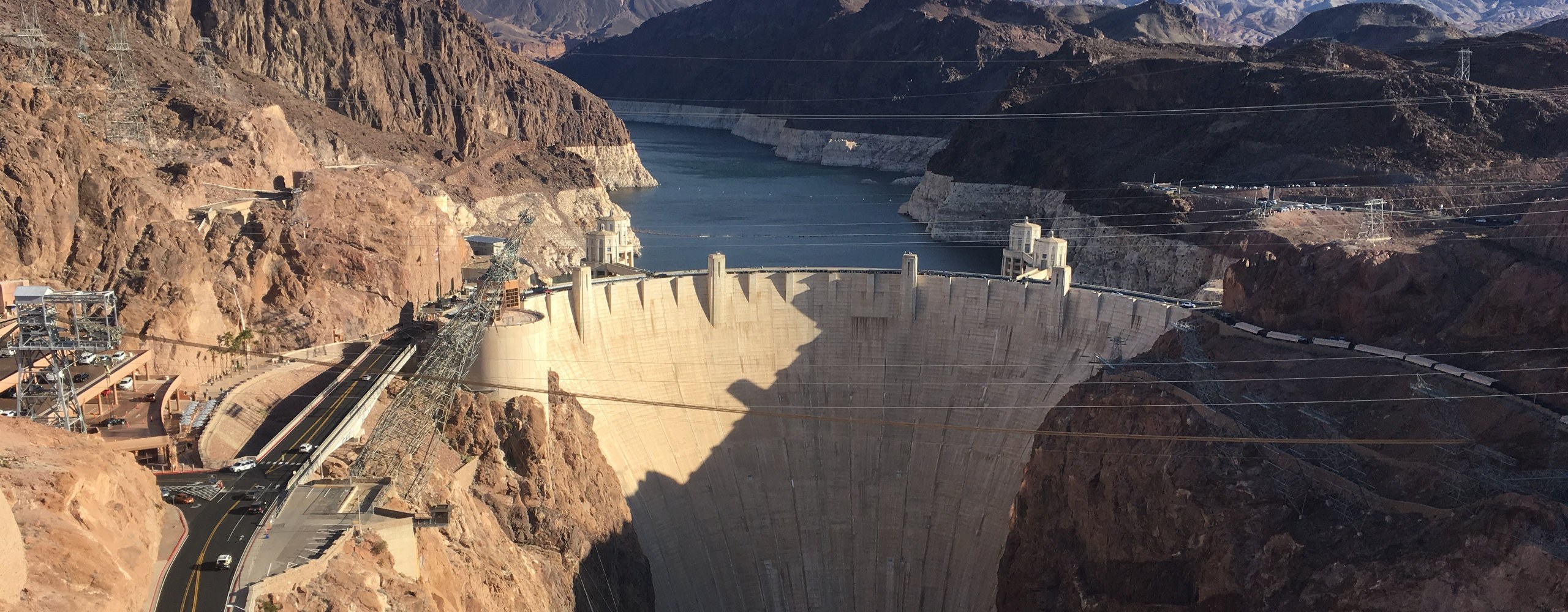The Economic Challenges of Dewatering at the Victor Diamond Mine in Northern Ontario, Canada
Abstract:
The challenges of mining economically have never been greater than under current global financial conditions. The costs and efficiency of dewatering are particularly important at De Beers Canada’s Victor diamond mine in northern Ontario where:
- the bottom of the water-bearing carbonate country rocks is near the bottom of the planned pit, limiting the available drawdown in perimeter wells;
- the majority of inflow to the wells comes from a very limited number of discrete zones in the carbonate rocks resulting in low hydraulic efficiencies of the wells;
- line power to the mine is limited, mandating efficient pumping over a wide range of yields and lifts; and
- the relatively isolated northern setting and extreme cold winter temperatures (which can reach -40 to -60 deg C) present logistical issues (e.g., insulation of wellheads and pipelines, and having to truck in heavy materials over an ice road during a relatively short period of time).
The hydrogeology of the Victor mine area was characterized over three
relatively short winter field seasons using packer tests, pumping tests,
step-drawdown tests, and downhole logging (particularly production or
“spinner” logs) to define the lateral and vertical variation in the
hydraulic conductivity of the carbonate aquifer. Based on analysis of
the resulting data, wells were designed and submersible pumps with
variable frequency drives were installed.
Two 3-dimensional numerical groundwater flow models were constructed:
- a “sub-regional” model to simulate the long-term effects of dewatering on aquifer conditions and on local rivers and creeks. This model was used for the feasibility study for the mine and in support of the mine permitting process; and
- a near-pit “window” model to simulate groundwater conditions in the immediate vicinity of the mine. This model incorporates detailed local variations in the hydrostratigraphy and the construction and pumping performance of individual wells and is used as a management tool to optimize pumping from the dewatering system.
These models are used in tandem to direct design of the dewatering system, evaluate its effectiveness, and to predict long-term environmental effects.
In January 2009, seven dewatering wells were pumping at a combined rate of about 84,000 m3/day with the goal of maintaining water levels 15 m below the bottom of the pit. By January 2009, the ratio of m3 of water pumped to m3 of material excavated was about 9.8:1.
Citation:
Atkinson, L.C., P.G. Keeping, and J.C. Wright. 2009. The economic challenges of dewatering at the Victor Diamond Mine in northern Ontario, Canada. Internation Mine Water Association Annual Meeting, Pretoria, South Africa, 19 - 23 October.
Authors:

